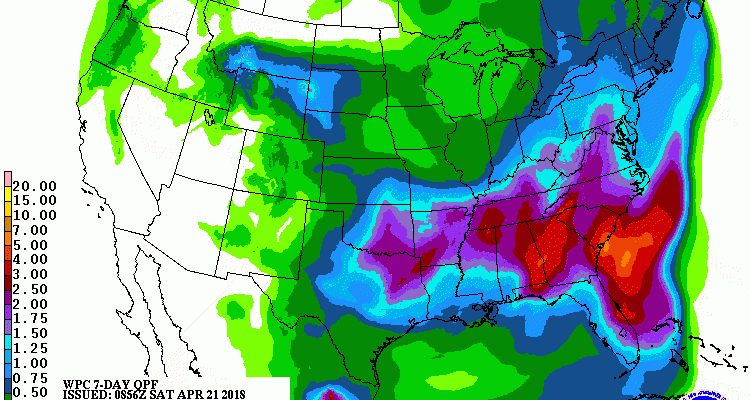-

This week I ran across a comprehensive discussion of the science of global warming and climate change that might be useful for you as you discuss the science of changing climate with others. It is presented in a question-and-answer format that follows along with a lot of questions that I get from people who don’t…
-

Scientific American posted an article earlier this week describing how bats are migrating earlier than in previous decades. Because of the earlier arrival, they may be having trouble finding enough insects to eat when they arrive at their destination, which could lead to reductions in population which could hurt bats’ ability to eat insect pests…
-

I’ve previously posted about the exceptional drought which is currently threatening Cape Town, South Africa. Drought has also been a threat to the Southeast, especially the 2007 drought which caused concern that Atlanta and Athens in Georgia might run out of water. Here is an interesting story from Business Insider discussing how Israel has dealt…
-

The Southeast is not the only part of the country with a water war. Here, it’s between Georgia, Florida and Alabama about the water in the Appalachicola-Chattahoochee-Flint River (ACF) basin. Out west, it’s a war over who gets the water of the Colorado River, which provides irrigation water and power to a number of states…
Posted in: Climate and Ag in the news -

The Southeast Farm Press posted a useful article on the importance of monitoring wind conditions when you are applying herbicides and other agricultural chemicals earlier this week. This is especially true when you have a temperature inversion which can trap air near the ground, concentrating the chemicals there. When that happens, the herbicides can migrate…
-

The 7-day forecast for rainfall in the Southeast shows that we are expected to get up to several inches of rain in the next week. Most of that will fall Sunday night into Tuesday morning as a low passes over Alabama and Georgia. After that passes, rainfall amounts will be light. We can use the…
Posted in: Climate outlooks -

Aerosols are small particles that are lofted into the atmosphere by the effects of trees, volcanos, and human enterprises like farming, driving, and building. Aerosols in the air can affect the climate in a number of ways. If they are hydroscopic they can attract water vapor and become larger, affecting visibility and how much terrestrial…